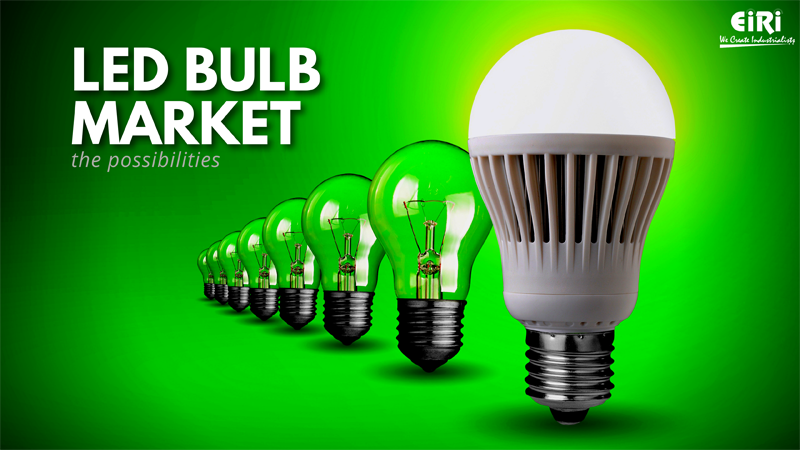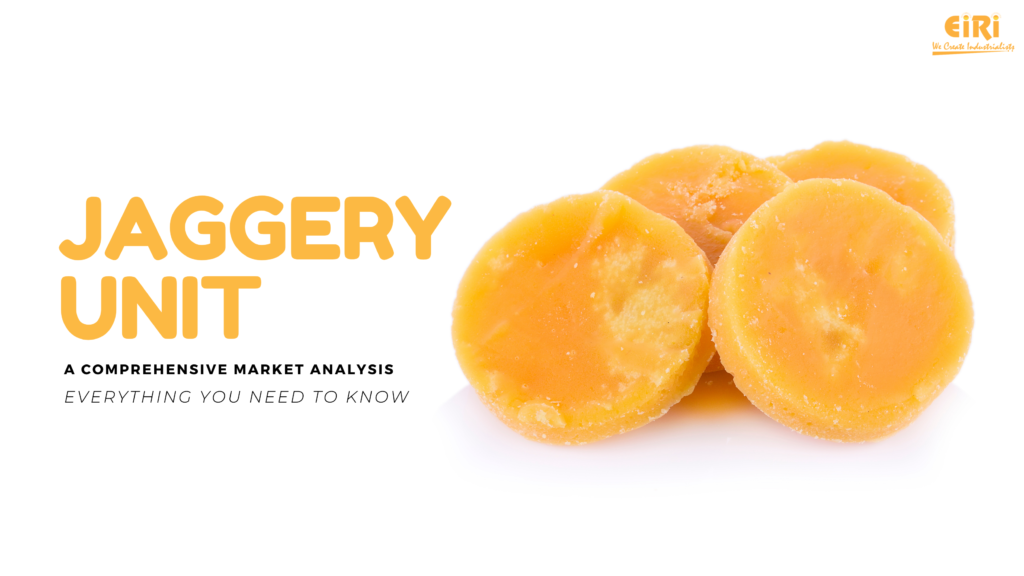LED Bulb Manufacturing Unit Market — Analysing the Driving Factors and Opportunities
The world is slowly moving from simple incandescent light bulbs to energy-efficient and long-lasting LED Bulbs. In fact, the benefits associated with incorporating LED lightings are known to all and have become an inevitable necessity of day-to-day lives. Even if LED bulbs are expensive than their counterparts, the fact that they last 40 times longer than the commonly used incandescent bulbs makes them a worthy investment option for end-users — precisely what paves the way for investors (businesses) to pitch in and benefit from the lucrative LED Bulb market.
As it turns out, India has become the largest #1 LED bulb market in the world. The growth has been primarily driven by the demand for LED bulb fixtures, which are moderately priced and fully equipped with all necessary components. Recent surveys reveal that the LED light market penetration in the country makes for a significant percentage — above 50%. That’s enormous considering the short span in which these incandescent bulb alternatives have made their way into Indian households.
It’s not just the Indian market. The global LED light market has experienced massive growth in recent years, too, with the Asia Pacific and North America being home to the largest number of LED light adopters. A significant proportion of business activity is expected from this region in the form of demand for LED bulbs in the coming years. With increased awareness, governments’ focus on energy conservation, and an overall rise in disposable income among commoners — it seems like a perfect storm indeed.
Furthermore, the future trends show an upward growth in the number of businesses manufacturing LED bulbs. A few big players have already ventured into this industry and are nurturing it to sustain its growth and development. All these factors hint at the immense growth potential it has in store for businesses willing to get their share in this market.
LED Bulb Manufacturing Unit Market
Going by the recent surge in demand, it doesn’t come as a surprise that the global LED lighting market is deemed to grow at a CAGR of over 12% for the next six years. This would be a substantial increase from the 2020 market size of USD 50.91 billion. LED filament bulbs, in particular, are soaring through the ranks with a CAGR in excess of 25%. No doubt, we’re witnessing a tremendous rise from the USD 1,063.8 million market size in 2018.
Looking at the numbers, clearly, it’s a market worth investment, thanks to its massive potential and respectable returns for investors (manufacturers). Nevertheless, there are certain factors to consider before jumping on the bandwagon, especially in the manufacturing and assembly of LED bulb units.
— First off, the LEDs (Light Emitting Diodes) used in these bulbs require more complex manufacturing processes than conventional light bulbs do. It’s a time-consuming process that calls for specialised equipment and skilled workers, thus increasing the financial burden for manufacturers.
— Secondly, there’s also the issue of supply chain management. While many pre-assembled LED units are available in the market, manufacturers are now compelled to develop and produce their own unique ones to provide consumers with multiple options. This entails better resource management as well as logistical capabilities that aren’t easily available in India.
Noteworthy Trends to Emphasise While Making a Decision
1. The rapid shift of focus from high-end LED lighting products to low-cost LED light bulbs is expected to drive business activity.
2. Industry concentration is another factor that will shape the future of this industry. As such, the top 10 players in the market will control over 80% of the market share by 2020.
3. High R&D investments is a trend that is expected to drive rapid innovation in LED technology, resulting in products with more features and functionalities at an affordable price. That said, the ongoing collaboration between the manufacturers of LED and OLED technology is expected to promote R&D activity.
LED Bulb Applications to Look Forward To
LED bulbs have already made their way into almost every segment of the market. But, its adoption in the household and indoor segment is what’s expected to drive the business. As mentioned above, the growing awareness among consumers about the need for energy-efficient lighting is a key driver of this demand.
On the other hand, outdoor lighting and automotive applications, too, are projected to grow at a steady pace in the coming years. As such, manufacturing companies must pay due attention to these emerging sectors to stay relevant in today’s competitive market.
So, Which Businesses Should Enter LED Bulb Manufacturing?
The manufacturing of LED bulbs is a time-consuming process that requires substantial investment and R&D activity. Moreover, the setup costs associated with manufacturing such products are considerably higher than what’s needed to produce conventional light bulbs. To that end, mainly established manufacturing companies with the financial capability to meet stringent standards and develop their own products could well and truly pave their path. However, the futuristic promise of innovation and a broader consumer base opens several avenues for local players.




